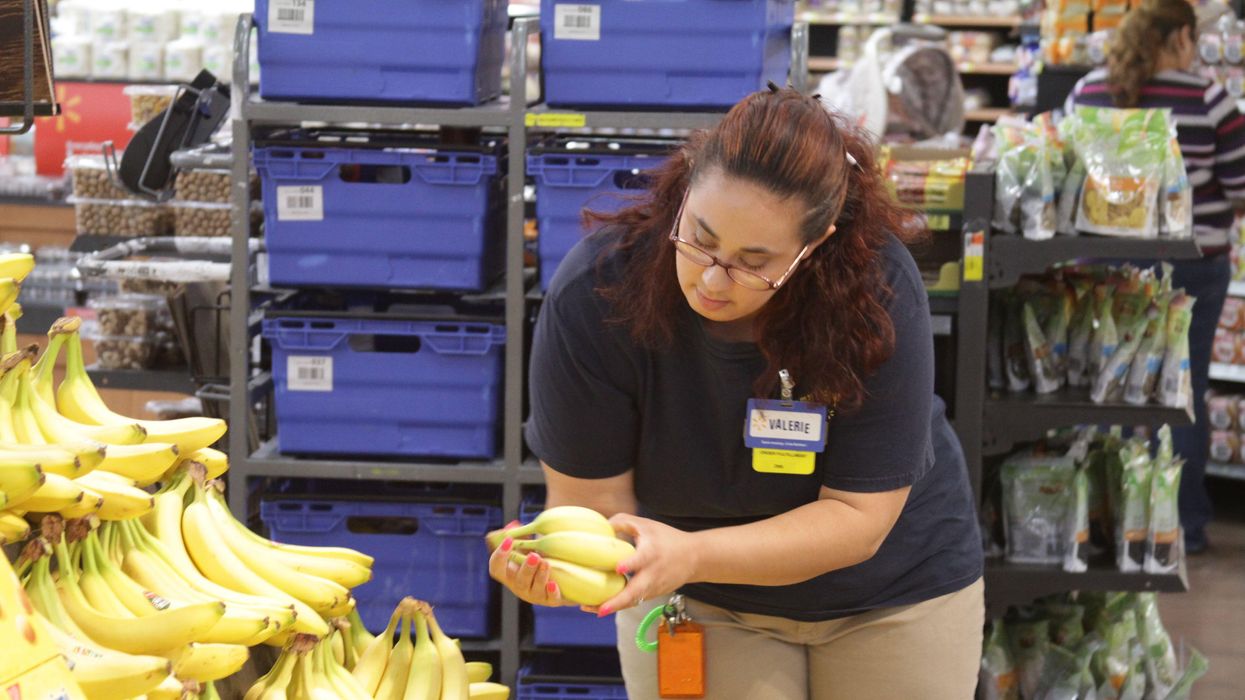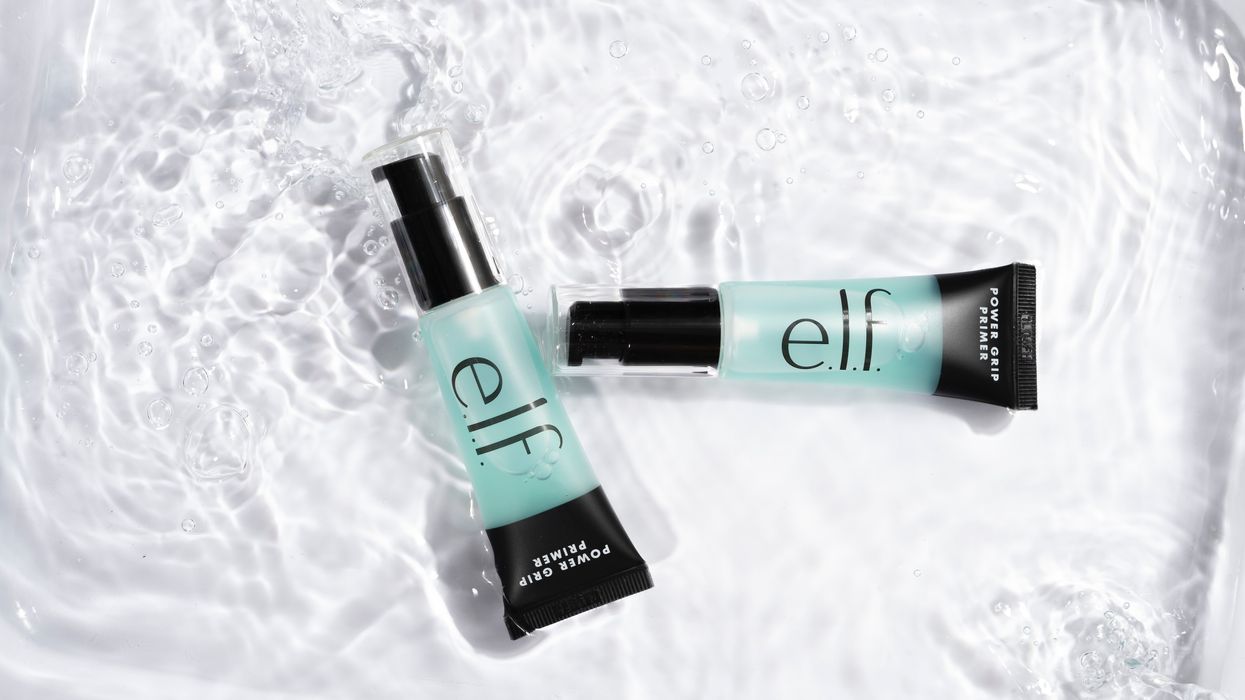Along with its near-ubiquitous presence stores across the country, Walmart is also the second-largest ecommerce marketplace in the US.
On the heels of a Q4 earnings call where CEO Doug McMillon touting that the discount retailer’s business is “increasingly digital,” Walmart is rolling out a series of new initiatives aimed at bolstering its ecommerce capabilities.
Fulfillment: Increasingly, executives said, Walmart sees its stores as both in-person retail locations and fulfillment centers. It’s a powerful network: The company said it has 4,700 Walmart stores across the country, and that they are located just 10 miles of 90% of the U.S. population. With this proximity to customers, the company is offering third-party fulfillment services. It saw 500% growth in GMV over 2021 in this area of the business. Now, Walmart is evolving the approach to offer Market Fulfillment Centers, which serve as automated fulfillment centers housed inside Walmart’s physical stores. Powered by data tools including machine learning, the MFCs will have inventory that is distinct from the store, and is designed to serve digital customers, the company said in a blog post.
Last-mile delivery: The MFCs will serve as hubs of a delivery operation that is increasingly local. Walmart is seeking to expand in-home delivery to 30 million U.S. homes. To get there, it will employ 3,000 new workers and is building out a fleet of electric vehicles. Walmart is also making preparations to incorporate autonomous vehicles and drones into its delivery network.
White-label: These capabilities won't only be available to Walmart stores. In February, Walmart also announced a partnership with Cognetry Labs that will allow independent and midsize grocery stores to access Walmart’s ecommerce and delivery services. Along with last-mile delivery services for independent businesses called Walmart GoLocal, the arrangement will provide businesses with the opportunity to white-label Cognetry Labs’ technology, which provides grocery retailers with automation-powered solutions around price, fulfillment and delivery drop density.
Over the last 20 years, Walmart's stores transformed local retail markets, transforming the role of physical stories. Combine these moves with the company's recently-unveiled $2 billion ad network, and it all points to the company working to do so again with ecommerce again in the next 20 years.
Read more on Walmart’s ecommerce expansion at the Wall Street Journal.
From Your Site Articles
Related Articles Around the Web












